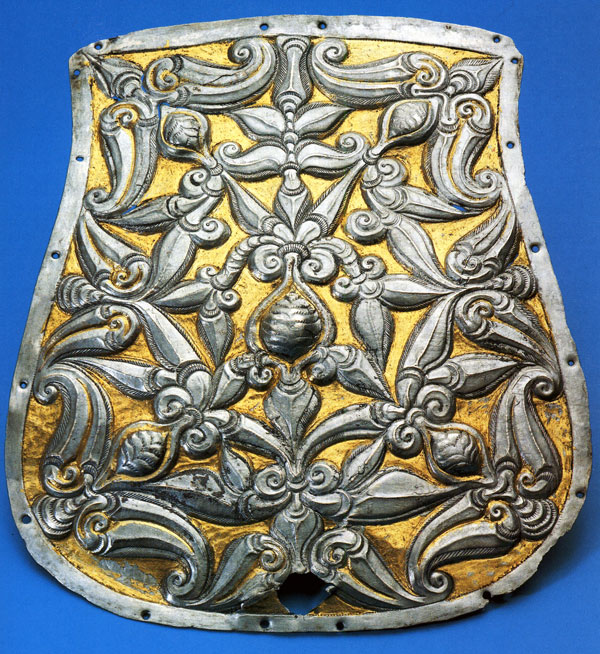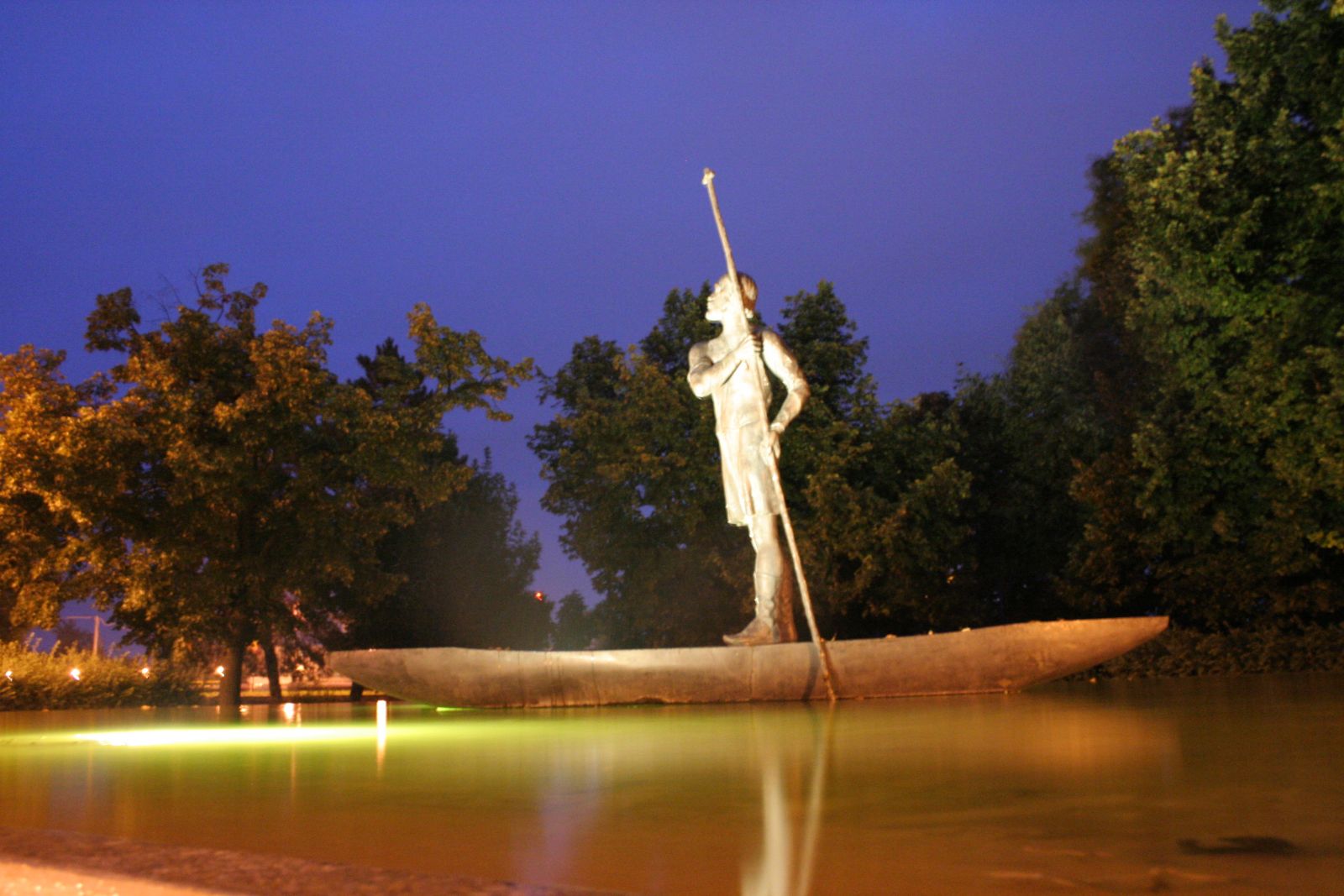The beginnings
The flood-free heights at the confluence of the Tisza and Zagyva Rivers had been populated since the start of the Neolithic. The conquering Hungarians also recognized the strategic importance of the settlement and river crossing which is well-attested by the unearthed cemeteries here dating back to that period. Of the artefacts uncovered, a guilted silver haversack plate found in a grave in Szolnok-Strázsahalom is one of the most beautiful specimens of goldsmith’s craft from the time of the Hungarian Conquest. The plate suggests that the area must have been a tribal seat.

The name Szolnok became known around 1030, when King Stephen made the settlement into the centre of a newly-organised royal county estate. A stronghold was built on the protected heights surrounded by the Tisza and Zagyva Rivers which got its name from its first bailiff called Zounok and later it was applied to the whole county. Bailiff Zounok died a martyr’s death when trying to protect the life of Bishop Gellért in the Kelén Hill of Buda, today called Gellért Hill.
In the early years, Szolnok County only included the existing surrounding villages – Szanda, Varsány, Várkony, etc. – on both sides of the Tisza, but later its territory was extended to some Transylvanian parts, in particular, the salt mines in the Dés region. The bailiff of the county often filled in the office the Voivod of Transylvania, too.
The first mention of the name of the town in a written document comes from the deed of the Abbacy of Garamszentbenedek in 1075.
Having founded a monastery in Garamszentbenedek, King Géza also donated some land along the Tisza River to secure their upkeep. The deed lists ten settlements. „The first part of this estate is divided among the citizens of Zounok. It is followed by Zeku, which later … forms the borderline between the village of Szent Benedek and the land belonging to the people of the town of Zounok … next to Zounok, across the water named Meler (today Millér) I gave 15 houses with their servants and the land belonging to them…”





